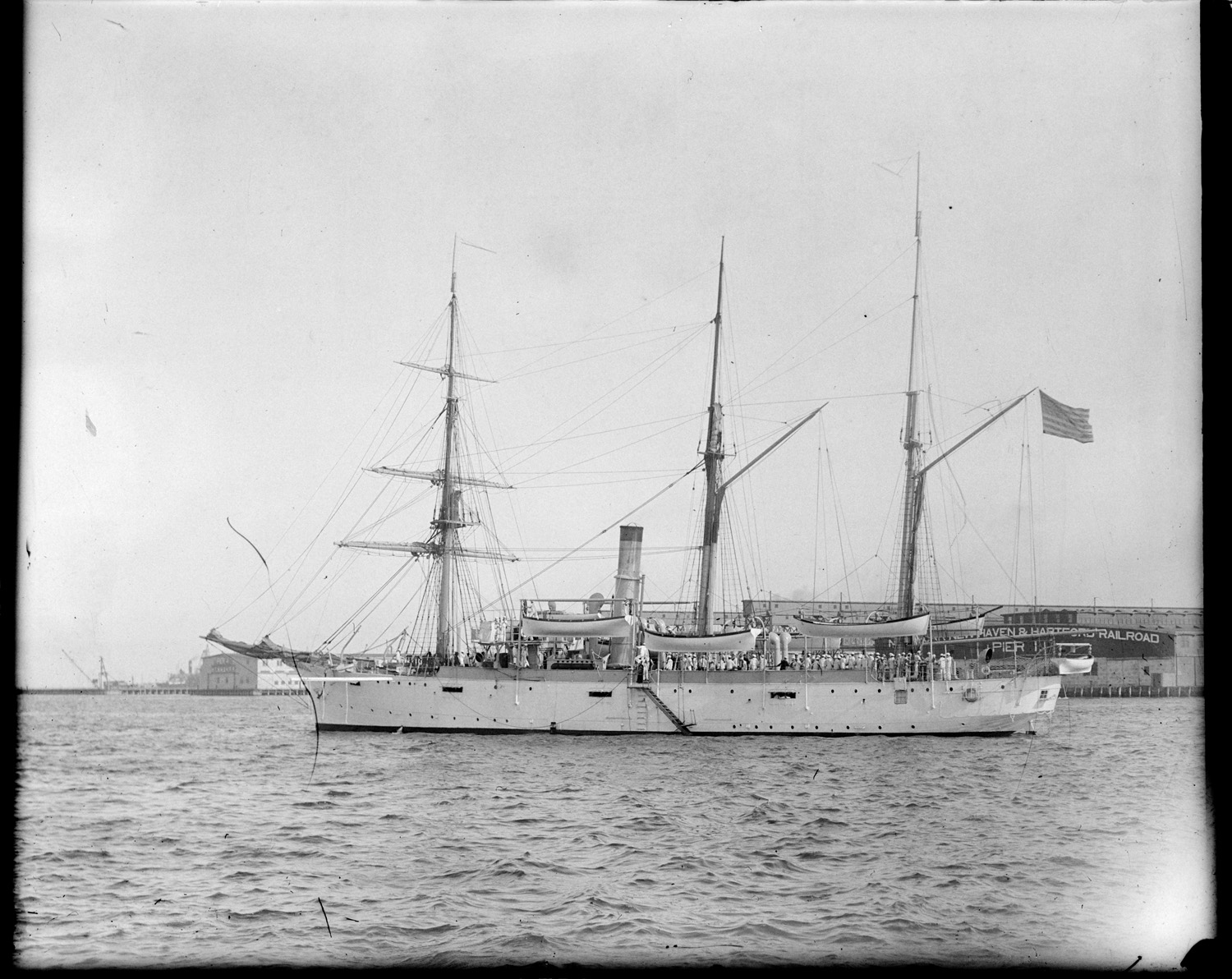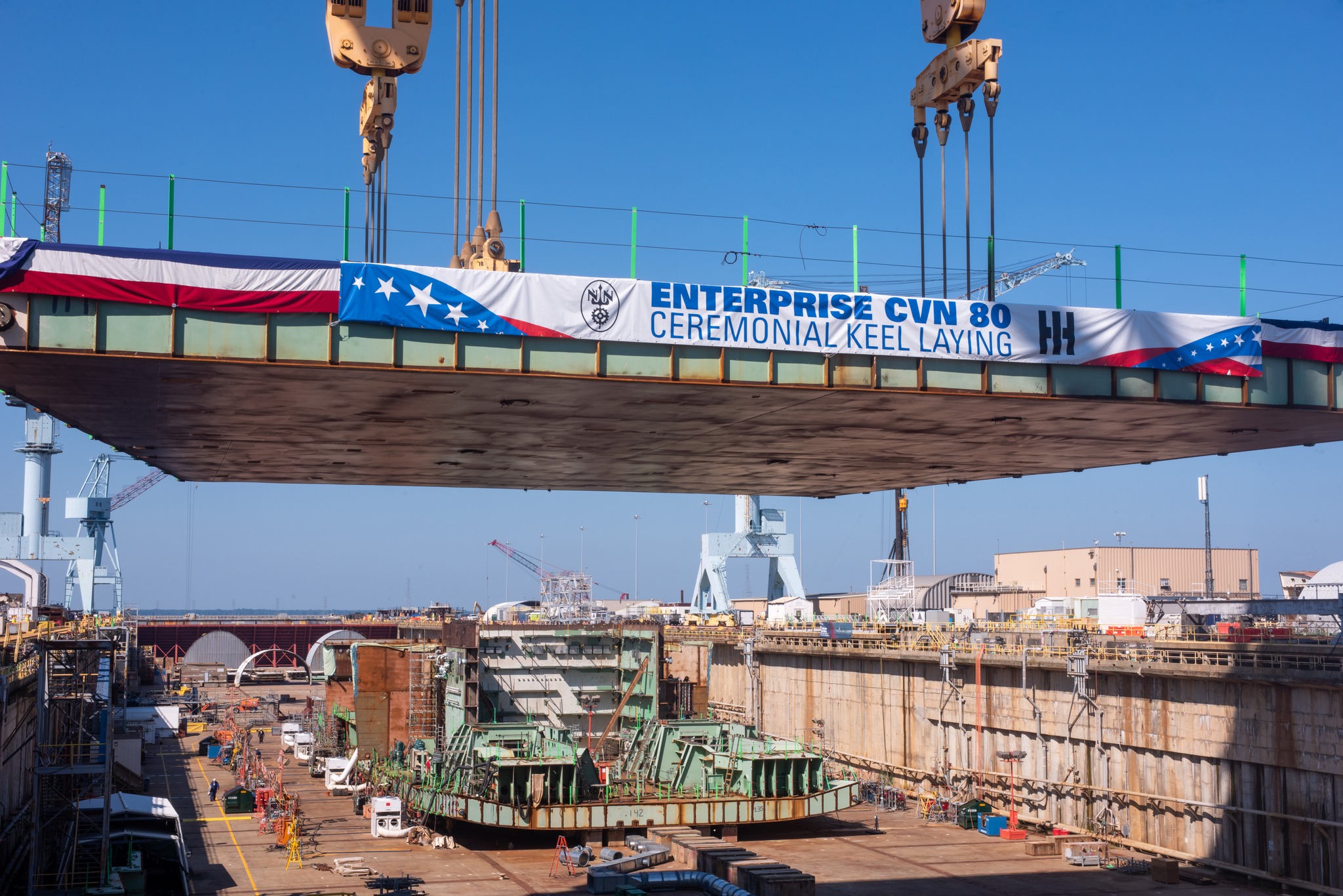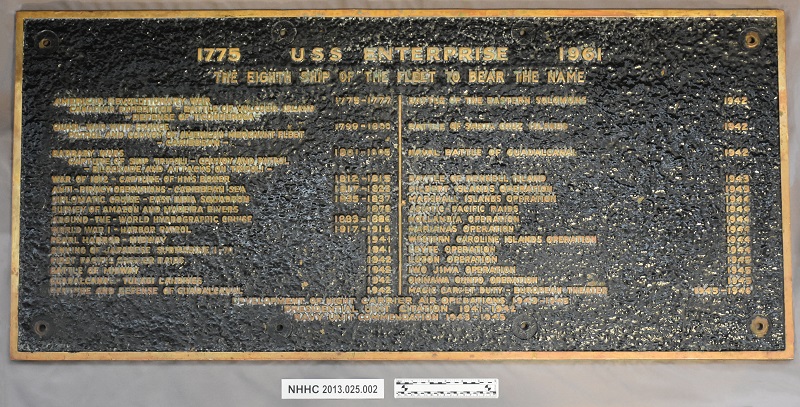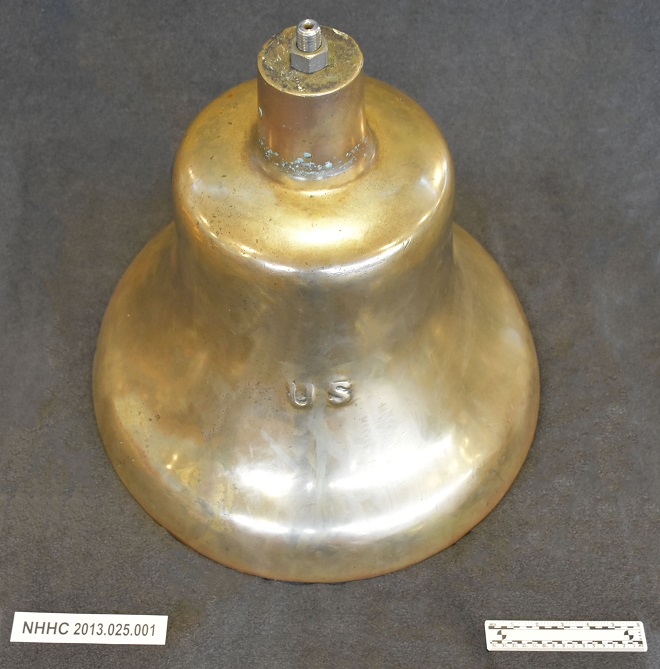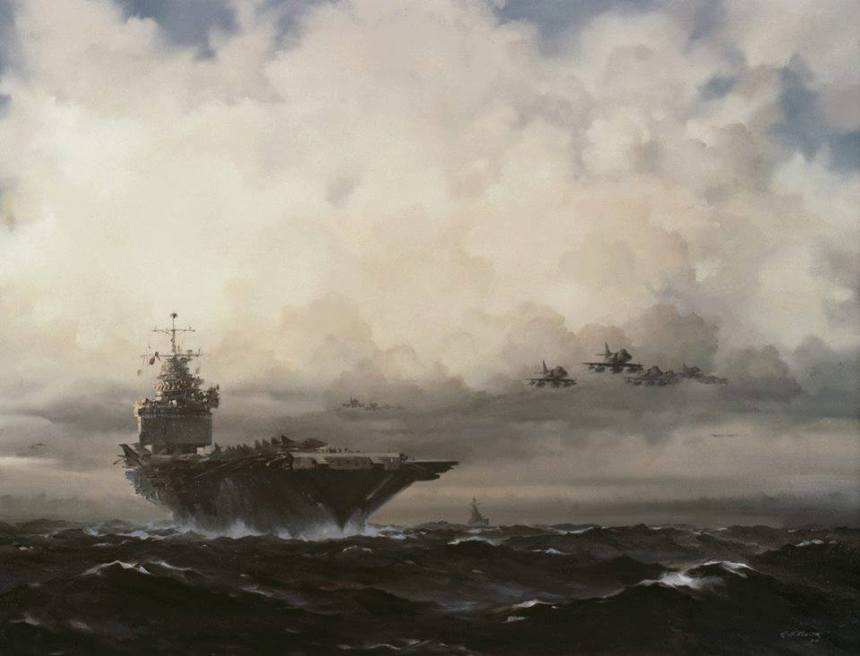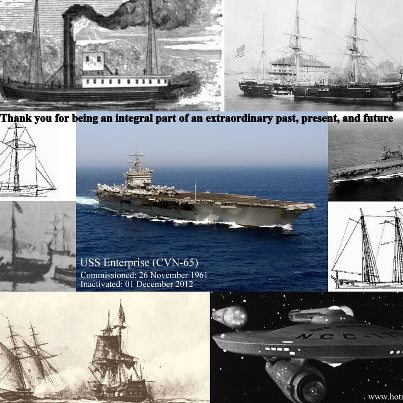She deserved better
65 years ago today. The well-traveled Yorktown-class aircraft carrier, ex-USS Enterprise (CVS-6) awaiting disposal at the New York Naval Shipyard on 22 June 1958. She was sold for scrapping ten days later, on 2 July.
The new Forrestal-class supercarrier USS Independence (CVA-62), almost twice as large by displacement, is fitting out on the opposite side of the pier. Ships visible in the left foreground include (from the front): the destroyer escorts USS DeLong (DE-684), USS Coates (DE-685), and the diesel fleet boat USS Hoe (SS-258). Ten other destroyers are also present, as is a Liberty-type ship. The Schaefer Brewery is visible in the center background.
The 7th U.S. Navy ship to bear the name, Enterprise was present and in the thick of it at Midway, the Battle of the Eastern Solomons, the Santa Cruz Islands, Guadalcanal, the Battle of the Philippine Sea, and the Leyte Gulf, winning 20 battlestars the hard way. From the period between USS Wasp‘s sinking on 15 September 1942 and USS Essex‘s entrance to the Pacific after rushed builder’s trials in May 1943, she and Saratoga, which earned 8 battlestars, were the only U.S. fleet carriers in the Pacific.
Decommissioned on 17 February 1947, the Big E was scrapped in 1958 though remnants of her have remained aboard both the 8th Enterprise (CVN-65) and the newest to carry the name, CVN-80.
Steel from CVN-65 will be recycled into the hull of the new USS Enterprise (CVN-80) as will the portholes from her Captain’s cabin (which were carried on CV-6 during WWII!) and her bell.
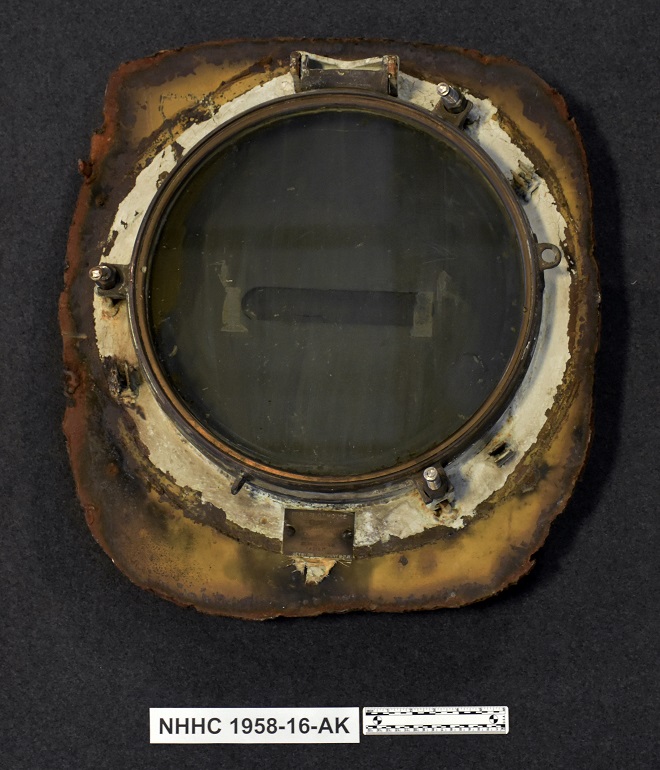
One of six porthole frames and covers was removed from the bridge of USS Enterprise (CV-6) in 1958. These portholes were installed in the Captain’s cabin aboard USS Enterprise (CVN-65) and are slated to be installed aboard the next ship to bear the name of Enterprise, CVN-80.




